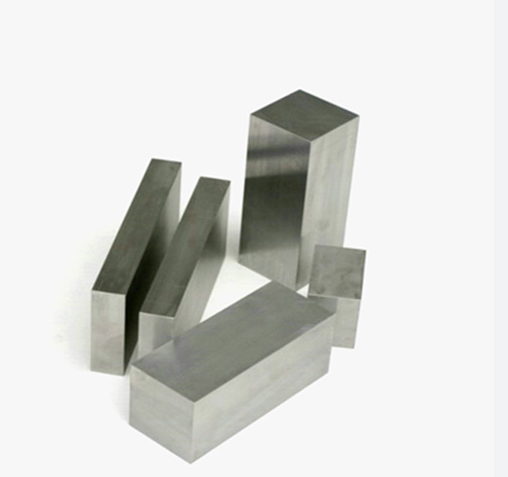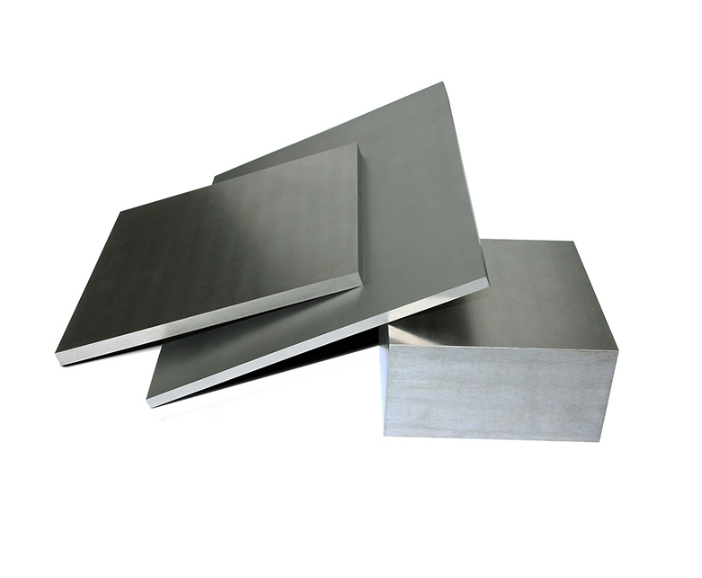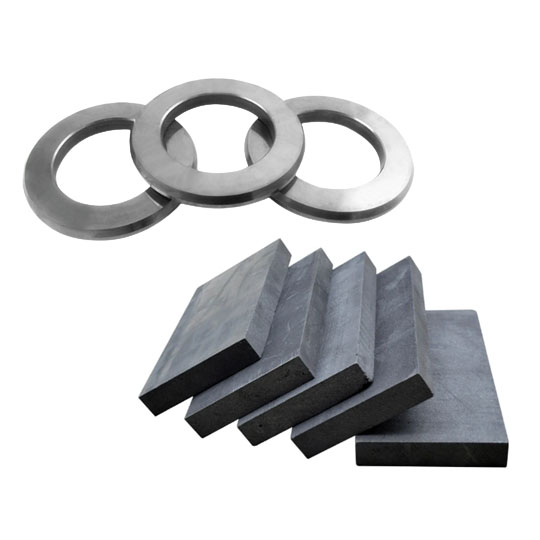What Are Carbide Rods?
If you’ve never heard of carbide rods before, you’re not alone. They don’t get much spotlight, but they’re essential in a lot of heavy-duty applications—and renewable energy is one of them. So, what are they? Carbide rods are cylindrical components made primarily from tungsten carbide, a compound known for its insane hardness and high resistance to wear and heat. Think of them as the superhumans of the material world—they can handle intense stress without breaking a sweat.
Carbide rods are usually sintered from fine tungsten carbide powder and cobalt as a binder. The end result is a composite material that’s tougher than steel and way more resistant to the elements. Depending on the grade and composition, they come in various diameters, lengths, and coatings tailored for specific industrial uses.
But why are we suddenly talking about carbide rods when discussing wind farms, solar panels, and hydro turbines? Well, their unique physical properties make them perfect for renewable energy systems, where performance, durability, and sustainability matter big time.
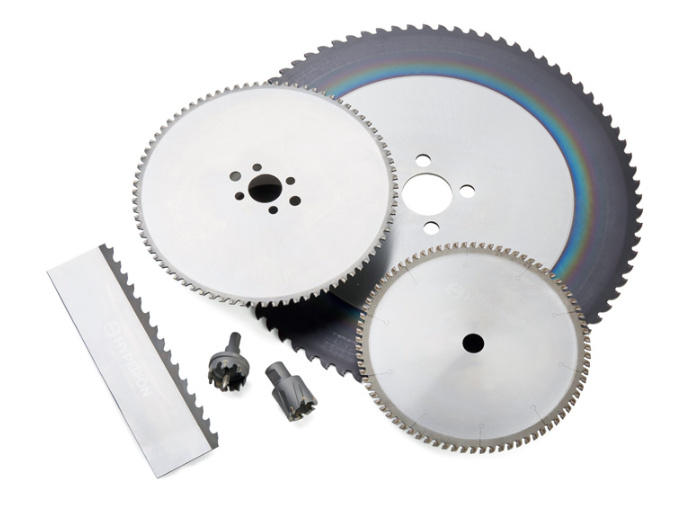
The Application of Carbide Rods in Renewable Energy
You might think renewable energy systems are all about wind, sun, and water—and they are. But behind the scenes, it’s materials like carbide rods that make these systems work like a charm.
In wind energy, carbide rods are used in cutting tools for manufacturing precision components like turbine blades and gear shafts. These tools need to withstand extreme friction and heat during fabrication. Tungsten carbide holds up better than steel or ceramics, so maintenance is less frequent, downtime drops, and efficiency skyrockets.
For solar power systems, especially in photovoltaic (PV) module production, carbide rods help with the precision cutting of silicon wafers. These wafers are thin, fragile, and expensive to make. Carbide tooling ensures high precision and low breakage, which means less waste and more savings.
In hydropower, the erosion and corrosion resistance of carbide rods comes in handy. They are integrated into components like water turbines and pump systems, where they help fight off wear from constant water flow and debris.
Even in bioenergy systems, carbide rods are used in shredders and granulators for biomass processing. These machines must chop through tough organic material day in and day out. Carbide rods make the cutting tools last longer and reduce operational costs.
In all these applications, what matters is the ability to endure harsh conditions without losing efficiency. And carbide rods? They’re built for that.
How Does the Performance of Carbide Rods Compare to Traditional Steel or Ceramics?
Alright, let’s do a little head-to-head comparison: carbide rods versus the usual suspects—steel and ceramics. How do they stack up?
Carbide rods blow traditional steel out of the water when it comes to hardness and wear resistance. Steel might be easier to machine and less expensive up front, but it dulls quickly and needs more frequent replacement. This can be a nightmare in large-scale energy systems where downtime equals lost dollars.
Compared to ceramics, carbide rods offer a better balance of toughness and hardness. Ceramics are super hard and corrosion-resistant but tend to be brittle. One wrong hit and snap—it’s gone. Carbide, on the other hand, can take a hit and keep on ticking, making it more reliable for dynamic mechanical systems.
Here’s a quick visual comparison:
| Property | Carbide Rods | Steel | Ceramics |
|---|---|---|---|
| Hardness | Extremely high | Moderate | Very high |
| Wear Resistance | Excellent | Moderate | Excellent |
| Toughness | High | High | Low |
| Thermal Resistance | Excellent | Good | Excellent |
| Cost | Higher upfront | Low | Medium to High |
| Machinability | Moderate | Easy | Difficult |
| Lifespan in Harsh Conditions | Very long | Shorter | Moderate |
So if you’re playing the long game in renewable energy, carbide rods are the way to go.
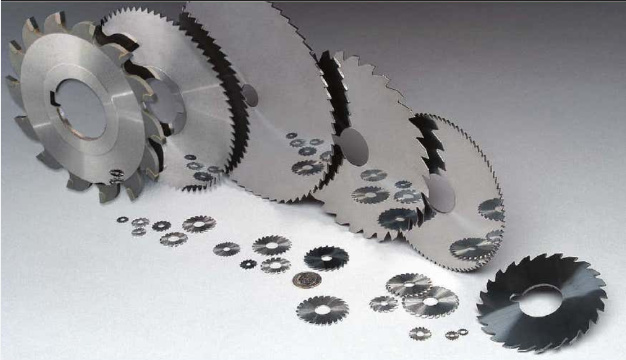
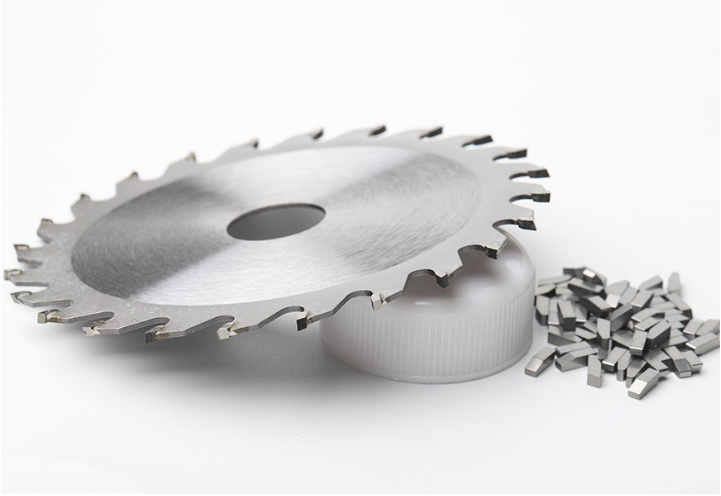


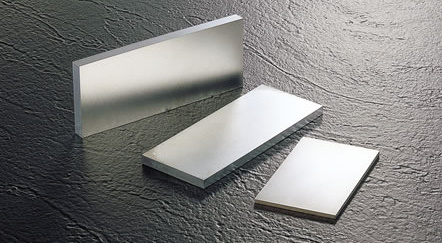
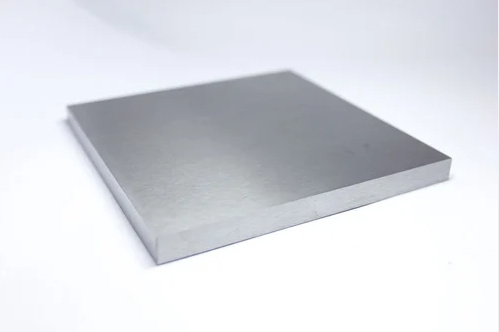
Why Are Carbide Rods Suitable for Long-Term Sustainable Energy Systems
Let’s dive into the meat of it: what exactly makes carbide rods the dream material for long-term sustainable systems? Here’s a breakdown that covers performance, durability, and overall eco-sense.
| Feature | Why It Matters | Carbide Rod Advantage |
|---|---|---|
| Durability | Reduces maintenance and replacement | Up to 10x longer life than steel |
| Efficiency | Higher output from less wear | Precision tools stay sharp longer |
| Heat Resistance | Needed for high-temp systems | Stands strong in heat-intensive processes |
| Corrosion Resistance | Essential in moist/humid environments | Keeps rust and erosion at bay |
| Environmental Impact | Less waste = greener systems | Fewer replacements, less landfill clutter |
| Cost Over Time | Lower TCO (Total Cost of Ownership) | Initial investment pays off long-term |
This isn’t just good news for engineers—it’s great for the planet. More efficient, longer-lasting parts mean less manufacturing, less shipping, less landfill waste, and ultimately a smaller carbon footprint. That’s what sustainability looks like in action.
Market Trends and Future Development of Carbide Rods
Let’s talk big picture. The market for carbide rods, especially in renewable energy, is growing fast. With global investment in renewables expected to top $2 trillion by 2030, the demand for tough, efficient materials is only going up.
Several trends are worth noting:
- Advanced coatings: New PVD and CVD coatings enhance hardness and thermal properties.
- Nano-grain technology: Smaller carbide grains = stronger rods. This means even more wear resistance without sacrificing toughness.
- Recycling and reclaiming: Carbide is expensive, but now it’s being recycled more efficiently. Old tools can be turned into new rods without losing performance.
- Customization: More manufacturers are offering rods in bespoke sizes and grades tailored to specific energy sectors.
All signs point toward carbide rods becoming even more integral to renewable tech. As turbines get larger, solar panels more precise, and biomass systems more complex, the need for high-performance materials will only intensify.
And here’s the kicker: investing in carbide technology now gives renewable companies a serious competitive edge. It’s not just about going green anymore—it’s about doing it smarter, faster, and longer.
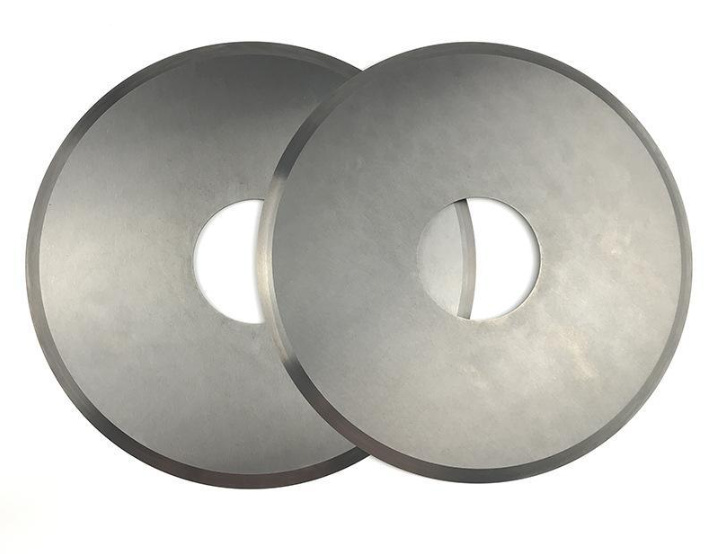
FAQ
| Question | Answer |
|---|---|
| What exactly are carbide rods made of? | Mostly tungsten carbide with a binder like cobalt. It’s sintered into a dense, durable rod. |
| Why are they better than steel for renewable applications? | They last longer, resist heat and wear, and require less maintenance. |
| Where are carbide rods used in solar systems? | In the production of silicon wafers and other precision components. |
| Can carbide rods be recycled? | Absolutely. Many manufacturers now offer recycling programs for used tools. |
| Are they environmentally friendly? | Yes, due to their durability and lower replacement rate. They reduce waste over time. |
| Are carbide rods expensive? | Higher upfront cost but significantly lower long-term cost due to durability. |
| Do all renewable energy systems use carbide rods? | Not all, but they are widely used in wind, solar, hydro, and biomass technologies. |
| How do I choose the right type of carbide rod? | It depends on your application—coating, grain size, and binder content all matter. Consulting a supplier helps. |

